
With the tower garden system, you can cultivate up to 20 plants, such as fruits, vegetables, spices, or flowers, in one vertical, aeroponic tower structure. The structure requires very little space and enables the cultivation of the plants in just three square feet. The device can be installed either inside or outside.
The complete system does not use soil for growth; instead, it only depends on water and supplied nutrients. Plants can develop up to three times more quickly in the tower garden system than in other growing techniques. Additionally, cultivars can anticipate a higher harvest output of up to 30%. Plants typically take only a few weeks after planting to be available for harvest.
- Arugula
- Beans
- Bok Choy
- Borage
- Broccoli
- Brussels Sprouts
- Cabbage
- Calendula
- Cauliflower
- Celery
- Chives
- Collards
- Cilantro
- Dill
- Endive
- Kale
- Kohlrabi
- Lavender
- Leeks
- Lettuce
- Marigold
- Marjoram
- Mint
- Mizuna
- Mustard Greens
- Nasturtium
- Pansies
- Parsley
- Peas
- Rosemary
- Sage
- Spinach
- Swiss Chard
- Thyme
- Violas
1) Arugula
Arugula, also known as rocket or roquette, is a leafy green vegetable with a peppery taste. It’s often used in salads and as a topping for pizzas and sandwiches. Arugula is a good source of vitamins A and K, and is low in calories.
2) Beans
Beans are a type of legume that comes in a variety of colours and shapes, including kidney, black, pinto, and chickpea. They’re high in protein, fibre, and complex carbohydrates, and they’re popular in soups, stews, salads, and dips like hummus. Beans can also be used to replace meat in vegetarian and vegan cuisines.
3) Bok Choy
Bok choy, also known as Chinese cabbage, is a leafy green vegetable commonly used in Chinese cuisine. It has a mild, sweet flavour and a crisp texture. Bok choy is a good source of vitamins A, C, and K, as well as calcium, potassium, and iron. It can be stir-fried, steamed, or used in soups and salads.
4) Borage
Borage, also known as starflower, is an annual herb with blue, star-shaped flowers and hairy leaves. It is commonly grown for its culinary and medicinal uses, including as a natural anti-inflammatory and for its high content of gamma-linolenic acid. Borage is also used as a companion plant in gardens to attract pollinators.
5) Broccoli
Broccoli is a nutritious green vegetable that belongs to the cruciferous family. It’s high in fiber, vitamins C and K, and other nutrients. Broccoli is often consumed cooked or raw in salads, soups, stir-fries, and as a side dish. It’s known for its cancer-fighting properties and is a great addition to a healthy diet.

6) Brussels Sprouts
Brussels sprouts are a cruciferous vegetable that closely resemble mini cabbages. They’re high in fiber, vitamins C and K, and other nutrients. Brussels sprouts are often roasted, sautéed, or steamed, and make a delicious side dish or addition to salads. They’re also known for their potential cancer-fighting properties.
7) Cabbage
Cabbage is a leafy vegetable that belongs to the cruciferous family. It’s a good source of fiber, vitamins C and K, and other nutrients. Cabbage is often used in salads, slaws, soups, and stir-fries. It comes in many varieties, including green, red, and savoy cabbage, and is known for its potential health benefits, including anti-inflammatory and antioxidant properties.
8) Calendula
Calendula, also known as marigold, is a bright orange or yellow flower commonly used for medicinal and culinary purposes. It has anti-inflammatory and antimicrobial properties and can be used topically to treat skin irritations and wounds. Calendula is also used in teas, soups, and salads for its mild, earthy flavour and beautiful colour.
9) Cauliflower
Cauliflower is a nutritious vegetable that belongs to the cruciferous family. It’s high in fiber, vitamins C and K, and other nutrients. Cauliflower is often used as a low-carb substitute for rice, pizza crust, and mashed potatoes. It’s also delicious roasted, sautéed, or steamed, and makes a great addition to soups and stews.
10) Celery
Celery is a crunchy green vegetable that’s high in water content and low in calories. It’s a good source of vitamins A, K, and C, and fiber. Celery is often used in soups, stews, and salads, and is a popular snack when paired with peanut butter or hummus. It’s also known for its potential anti-inflammatory properties.
11) Chives
Chives are a type of herb that belong to the onion family. They have a mild onion-like flavour and are often used as a garnish or ingredient in soups, salads, and dips. Chives are a good source of vitamins A and C, and can be easily grown in a home garden.
12) Collards
Collard greens are a leafy vegetable that are part of the Brassica family, which includes kale and broccoli. They’re a good source of vitamins A, C, and K, and calcium. Collards are often used in Southern cuisine, where they’re cooked with ham hocks or bacon, and can also be used in salads or smoothies.
13) Cilantro
Cilantro, also known as coriander leaves, is a leafy herb commonly used in Mexican, Indian, and Southeast Asian cuisine. It has a citrusy, slightly sweet flavour and is often used as a garnish or ingredient in salsas, guacamole, curries, and salads. Cilantro is a good source of vitamins A, C, and K, and can also have potential health benefits.
14) Dill
Dill is a herb with feathery leaves that has a distinct flavour that is both tangy and slightly sweet. It is often used in pickling, salads, and fish dishes. Dill is a good source of vitamins A and C, and also contains minerals like calcium and iron. It is easy to grow at home and is a versatile addition to many dishes.
15) Endive
Endive is a leafy green vegetable that belongs to the chicory family. It has a slightly bitter taste and a crisp texture, and is often used in salads, as a garnish, or as a scoop for dips. Endive is a good source of fiber, vitamins A and C, and potassium, and is low in calories.
16) Kale
Kale is a leafy green vegetable that belongs to the Brassica family, which includes broccoli and cabbage. It’s a good source of fiber, vitamins A, C, and K, and other nutrients. Kale is often used in salads, smoothies, and as a side dish. It’s known for its potential health benefits, including anti-inflammatory and antioxidant properties.
17) Kohlrabi
Kohlrabi is a bulb-shaped vegetable that belongs to the Brassica family, which includes broccoli and cauliflower. It has a mild, sweet flavour and a crisp texture, and can be eaten raw or cooked. Kohlrabi is a good source of fiber, vitamins C and B6, and potassium, and can be used in salads, slaws, soups, and roasted dishes.
18) Lavender
Lavender is a fragrant herb that is commonly used in aromatherapy, as well as for culinary purposes. It has a calming effect and is often used to promote relaxation and reduce stress. Lavender is also used to flavour desserts, teas, and savoury dishes, and has potential health benefits such as reducing anxiety and improving sleep.
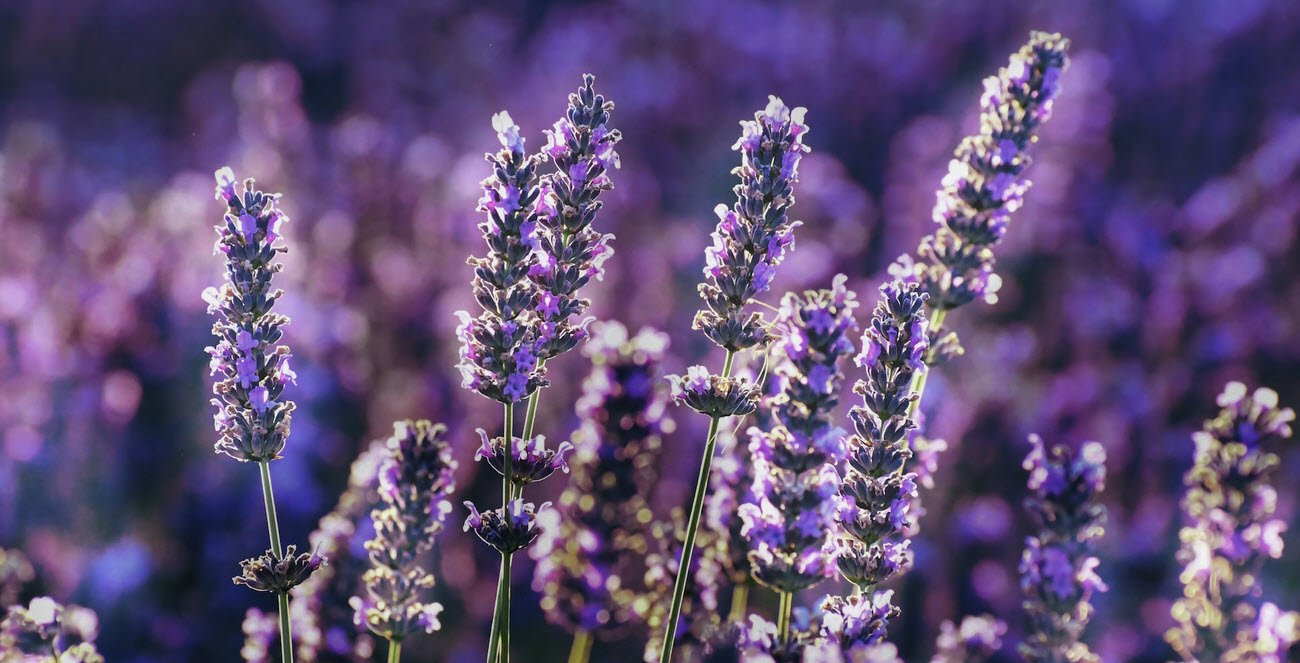
19) Leeks
Leeks are a member of the Allium family, which also includes garlic and onions. They have a mild, sweet onion-like flavour and are often used in soups, stews, and potato dishes. Leeks are a good source of vitamins A and K, and also contain folate and potassium. They’re easy to grow at home and make a great addition to many recipes.
20) Lettuce
Lettuce is a leafy green vegetable that’s a good source of vitamins A and K, and other nutrients. It’s often used in salads, sandwiches, and as a bed for grilled meats or vegetables. There are many different varieties of lettuce, including romaine, iceberg, and butterhead, each with its own unique flavour and texture.
21) Marigold
Marigold, also known as calendula, is a bright, cheerful flower that’s often used for medicinal and culinary purposes. It’s known for its potential anti-inflammatory and antimicrobial properties, and can be used to treat skin conditions and digestive issues. Marigold petals can also be used to add colour and flavour to dishes, such as soups and salads.
22) Marjoram
Marjoram is a herb that belongs to the mint family and has a sweet, slightly citrusy flavour. It’s often used in Mediterranean and Middle Eastern cuisine, as well as in stuffing, soups, and stews. Marjoram is a good source of antioxidants and has potential health benefits, such as improving digestion and reducing inflammation.
23) Mint
Mint is a fragrant herb that’s often used in cooking, as well as for medicinal and aromatic purposes. It has a cool, refreshing flavour and is commonly used in desserts, teas, and savoury dishes. Mint is a good source of antioxidants and may have potential health benefits, such as reducing indigestion and promoting fresh breath.
24) Mizuna
Mizuna is a leafy green vegetable that’s a member of the Brassica family, which includes broccoli and kale. It has a slightly bitter, mustard-like taste and a delicate texture. Mizuna is often used in salads and as a garnish, and is a good source of vitamins C and K, as well as fiber and antioxidants.
25) Mustard Greens
Mustard greens are a leafy green vegetable that have a pungent, peppery flavour. They’re often used in salads and stir-fries, and are a good source of vitamins A, C, and K, as well as calcium and iron. Mustard greens are popular in Southern cuisine and can be cooked in a variety of ways.
26) Nasturtium
Nasturtium is a flowering plant that’s often grown for its colourful blooms and edible leaves and flowers. It has a peppery, slightly sweet flavour and can be used to add colour and flavour to salads and other dishes. Nasturtium also has potential health benefits, such as boosting the immune system.
27) Pansies
Pansies are a type of flowering plant that’s often grown for their colourful blooms. They’re also edible and can be used to add colour and flavour to salads and desserts. Pansies are rich in antioxidants and have potential health benefits, such as reducing inflammation and promoting healthy skin. They’re easy to grow at home and make a beautiful addition to any garden.
28) Parsley
Parsley is a herb that’s often used as a garnish, as well as for culinary and medicinal purposes. It has a fresh, slightly bitter taste and is a good source of vitamins A, C, and K, as well as antioxidants. Parsley is commonly used in soups, salads, and sauces, and may have potential health benefits, such as reducing inflammation and improving heart health.
29) Peas
Peas are a legume that’s commonly used in cooking and a good source of protein and fiber. They can be eaten raw or cooked and used in a variety of dishes, including soups, stews, and salads. Peas are a good source of vitamins C and K, as well as folate, iron, and other nutrients.
30) Rosemary
Rosemary is a fragrant herb that’s often used in cooking, as well as for medicinal and aromatic purposes. It has a strong, pine-like flavour and is commonly used in Mediterranean cuisine, such as in roasted meats and vegetables. Rosemary is a good source of antioxidants and has potential health benefits, such as improving memory and reducing inflammation.

31) Sage
Sage is a herb that’s often used in cooking, as well as for medicinal and aromatic purposes. It has a savoury, slightly bitter taste and is commonly used in poultry dishes, stuffing, and sauces. Sage is a good source of antioxidants and has potential health benefits, such as improving brain function and reducing inflammation.
32) Spinach
Spinach is a leafy green vegetable that’s a good source of vitamins and minerals, including vitamins A, C, and K, as well as iron, calcium, and potassium. It has a mild, slightly sweet taste and can be eaten raw or cooked. Spinach is commonly used in salads, smoothies, and cooked dishes, such as pastas and stir-fries.
33) Swiss Chard
Swiss chard is a leafy green vegetable that’s related to beets and spinach. It has a mild, slightly bitter taste and is a good source of vitamins A, C, and K, as well as potassium and magnesium. Swiss chard is commonly used in Mediterranean cuisine and can be eaten raw or cooked. It’s also a popular ingredient in smoothies and juices.
34) Thyme
Thyme is a fragrant herb that’s often used in cooking, as well as for medicinal and aromatic purposes. It has a subtle, earthy flavour and is commonly used in Mediterranean and Middle Eastern cuisine. Thyme is a good source of antioxidants and has potential health benefits, such as improving respiratory function and reducing inflammation.
35) Violas
Violas are a type of flowering plant that’s often grown for their colourful blooms. They’re also edible and can be used to add colour and flavour to salads and desserts. Violas are rich in antioxidants and have potential health benefits, such as reducing inflammation and promoting healthy skin. They’re easy to grow at home and make a beautiful addition to any garden.

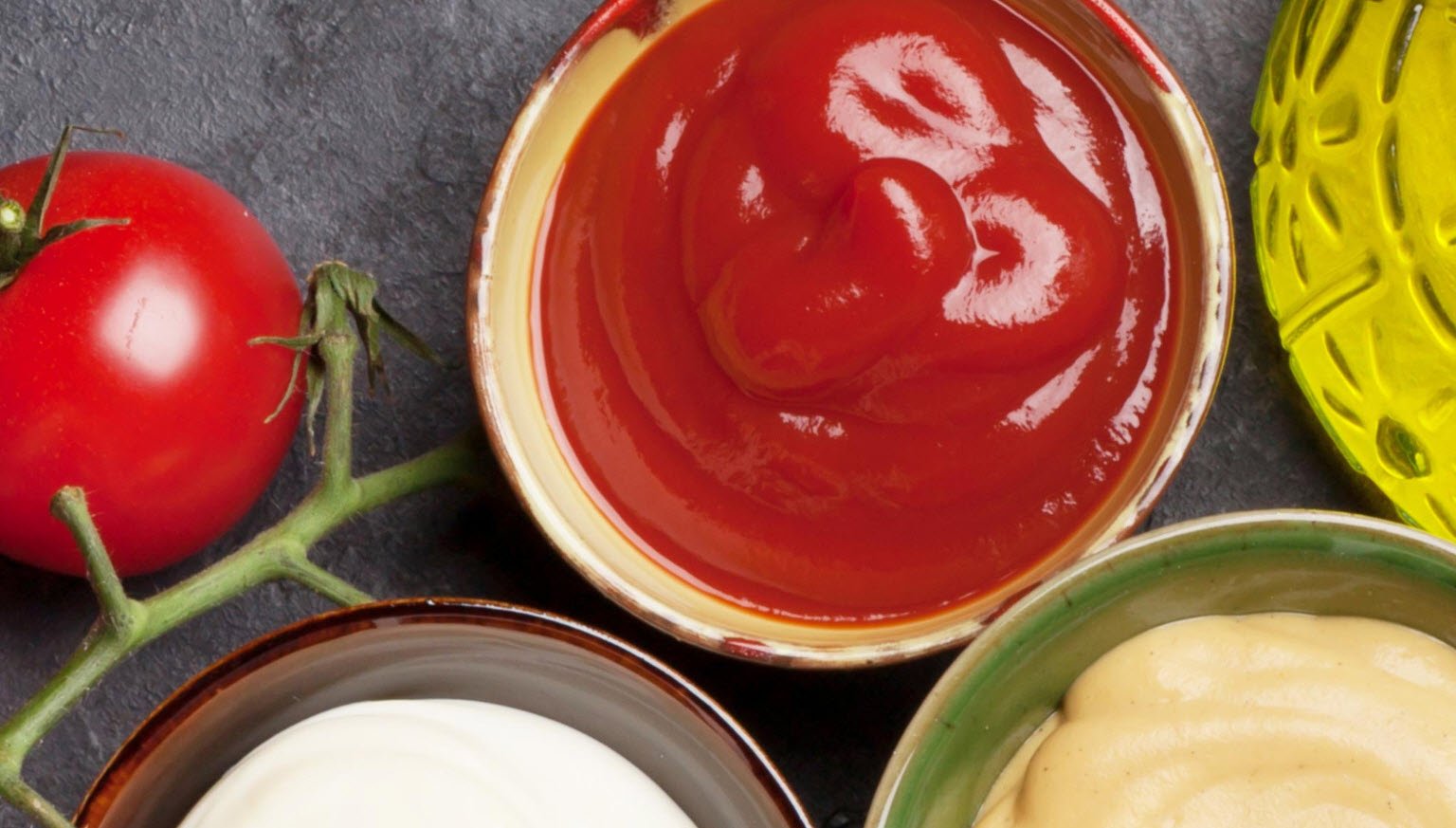


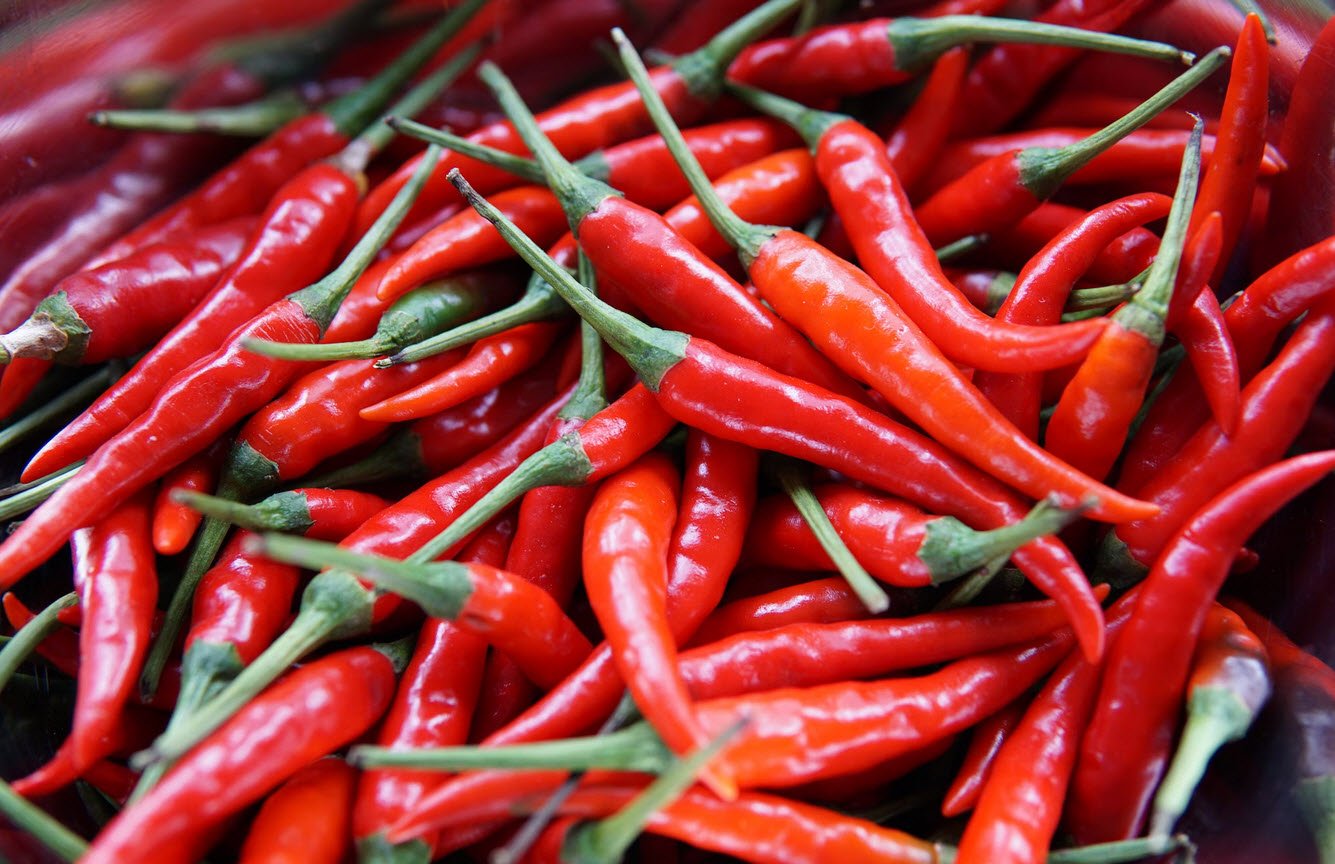
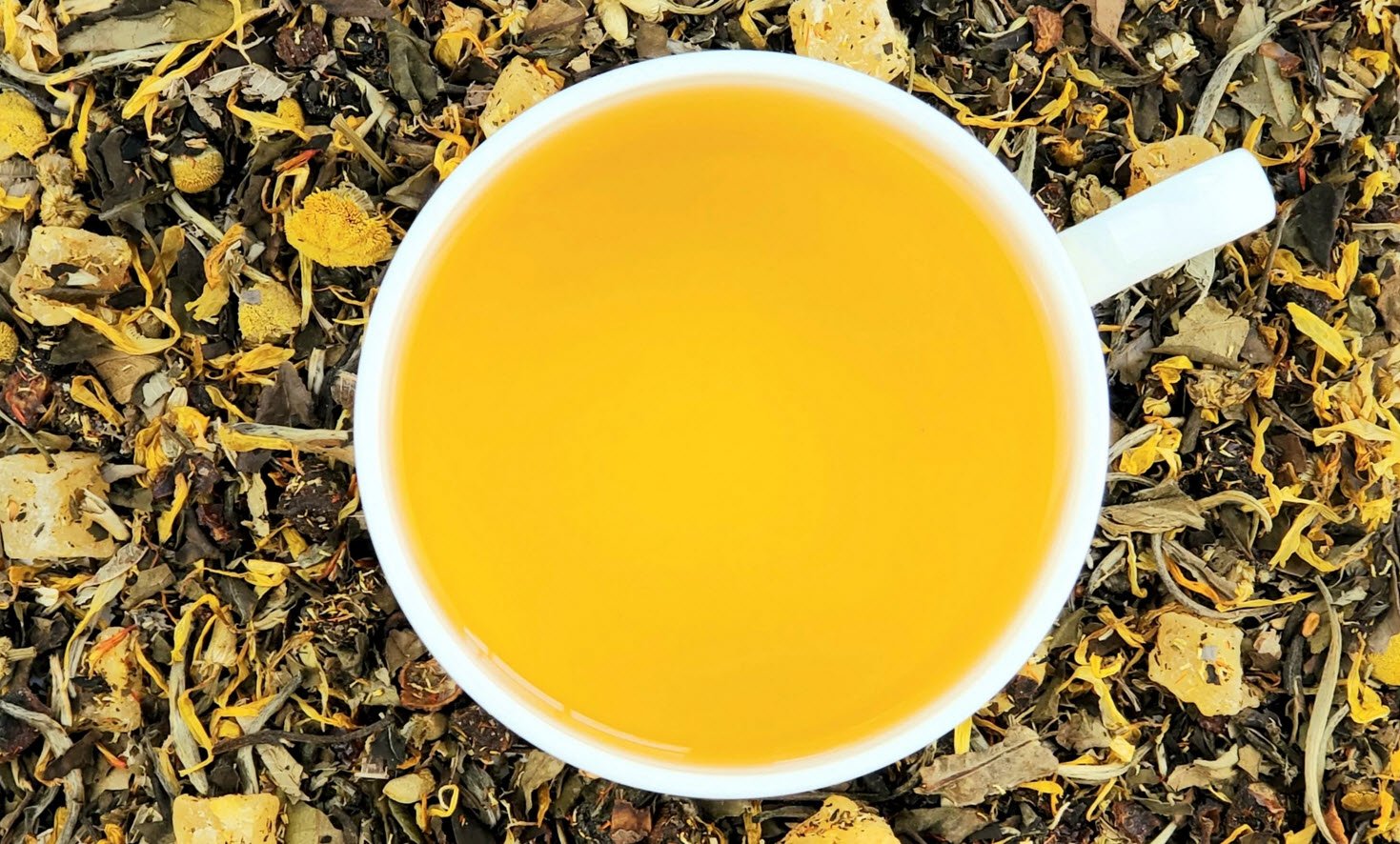


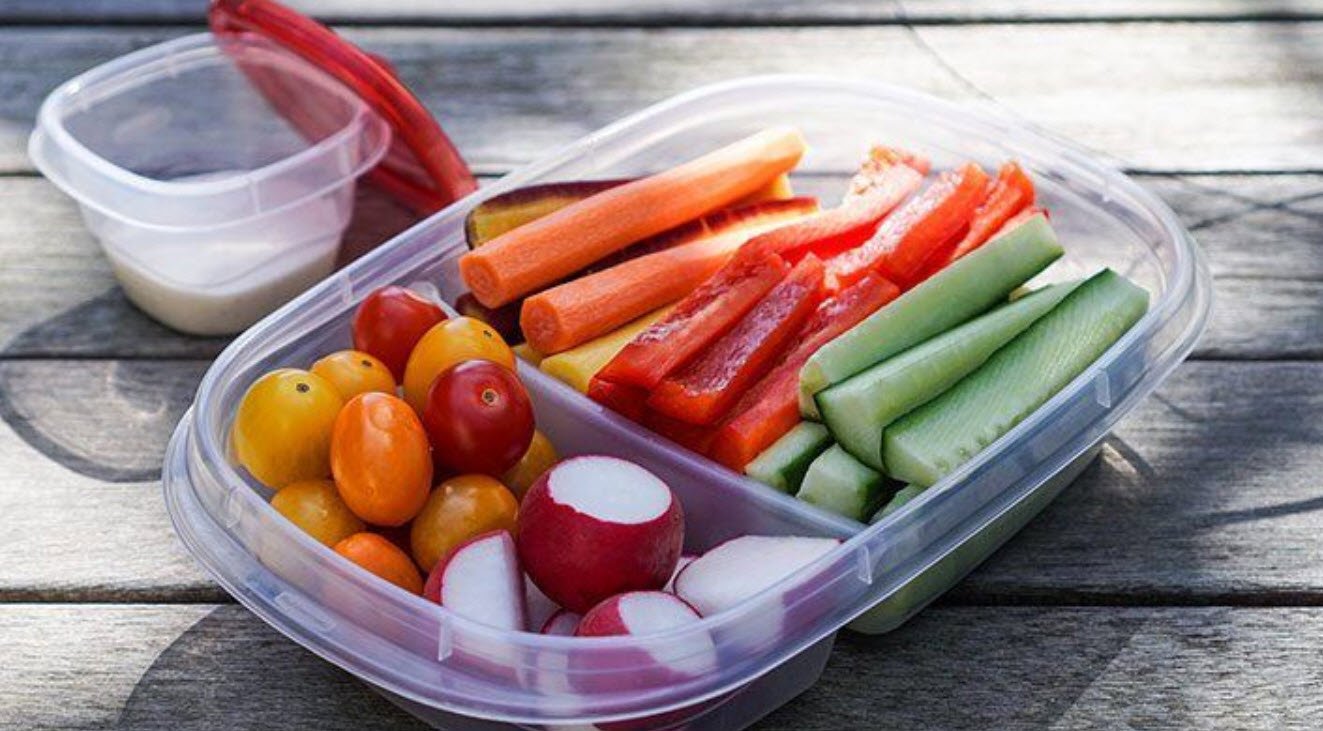
This Post Has One Comment